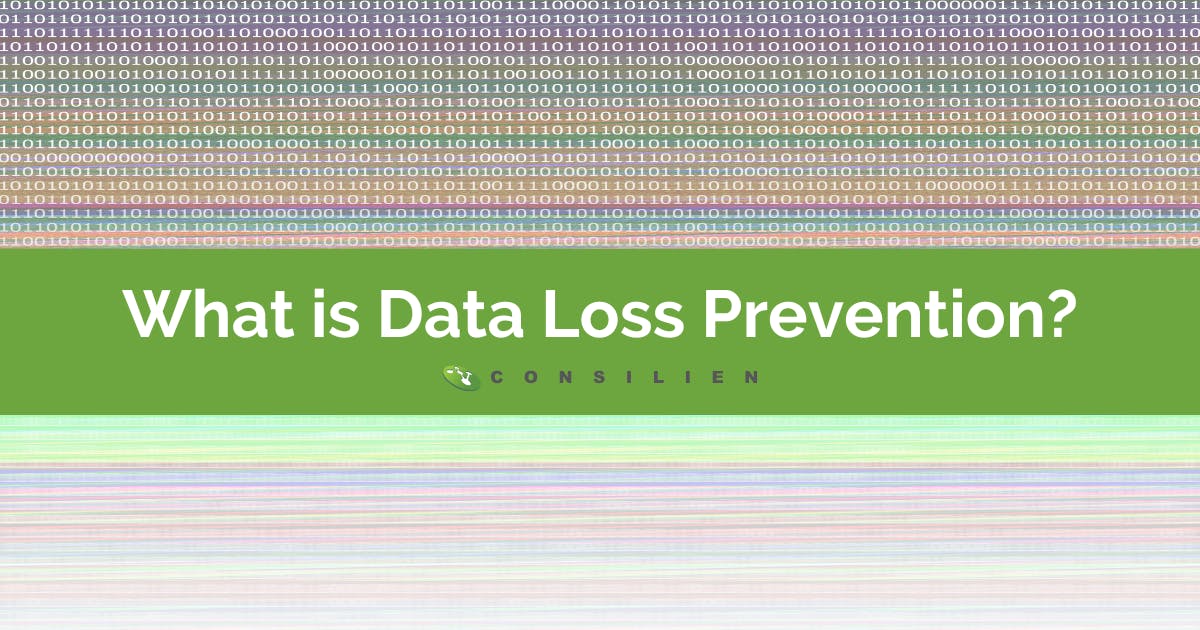WHAT IS DATA LOSS PREVENTION?

Data Loss Prevention (DLP) software is a set of tools and processes designed to ensure sensitive data in use, in motion, and at rest is protected from unauthorized access.
The software responds based on predefined policies and rules to address the risks of data leaks or exposure.
DLP technology is broadly defined into two categories: Integrated and Enterprise.
Integrated DLP software is native to its particular application, such as an email gateway, endpoint protection product, or cloud access security broker, and focuses on a singular environment.
Enterprise DLP is more of a packaged deal, with one management console to control services of multiple solutions in a single place. It's more comprehensive and sometimes comes with its own agent software.
Why Do I Need A DLP Solution?
Data breaches are getting larger and more complex. As a result, the financial incentive for data theft is growing,and remediation costs are increasing with it.
DLP technology can track your data on endpoints, networks, and in the cloud and see what your users are doing with it, keeping visibility levels high.
Many organizations keep trade or state secrets stored in documents on their networks. DLP software helps keep intellectual property safe, secure, and out of an attacker's hands.
Compliance is continually becoming stricter. For example, organizations such as CMMC, PCI-DSS, and GDPR require the protection of specific types of sensitive data. Using DLP technology can keep companies within those regulations.
How Does It Work?
DLP solutions operate in two ways; analyzing content for string matches and contextual analysis. Knowing the exact words or numbers in a file is essential to keeping sensitive data safe, but knowing their context can help the software reduce the number of false positives.
The following are strategies DLP technologies use to analyze data:
- Regular Expression Matching: Software scans for 16-digit or 9-digit numbers (most common for credit cards, Social Security numbers, and phone numbers) and determines if the content contains sensitive data.
- Database Fingerprinting: Also known as Exact Data Matching, data is compared against an existing database to decide if it's sensitive and adequately protected.
- File Checksum Analysis: Uses hashing algorithms to determine if any of the contents of the file have been changed.
- Partial Data Matching: Looks for partial matches on files such as forms filled out by multiple people.
- Lexicon Matches: Analyzes unstructured data using dictionary terms and other rule-based matches. These rules will have to be customized for the DLP solution.
- Statistical Analysis: This technique uses machine learning and other advanced methods to detect more obscure sensitive data. However, it requires a large volume of data to scan from, or false positives and negatives could be frequent.
- Pre-built Categories: Pre-made categories of rules for common types of sensitive data can be created to comply with the needs of regulatory bodies such as CMMC, PCI-DSS, HIPAA, etc.

References: